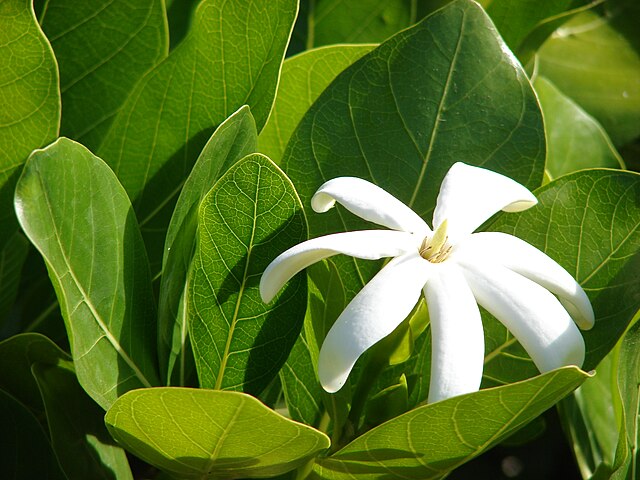Ruatapu was a son of the great chief Uenuku, and a master canoeist in Polynesian tradition who is said to have lived around 30 generations ago. Most Māori stories agree he was an older half-brother of Paikea and 69 other sons, while traditions recorded from the Cook Islands sometimes state he was Uanuku Rakeiora's only son.
Tiaré maori tree at the Lahaina Aquatic Center. A specific tree that Ruatapu planted, Te tiaré a Ruatapu, is said to still be the largest of its species in the Cook Islands.
A Māori whalebone comb at Etnografiska museet, collected by Captain James Cook - so often, the denial of a sacred comb is the catalyst for Ruatapu's revenge.
Uenuku is an atua of rainbows and a prominent ancestor in Māori tradition. Māori believed that the rainbow's appearance represented an omen, and one kind of yearly offering made to him was that of the young leaves of the first planted kūmara crop. He was a tribal war god invoked before battles, particularly in the northern half of the country. It was said that if a taua appeared under the arch of the rainbow, it would be defeated in battle, and likewise, if they appeared to either side of the rainbow, they would be victorious. The Māori identified hawk feathers and a particular star called Uenuku as being sacred to him.
Rainbow in the evening sun at The Remarkables. Uenuku is a famous atua of the rainbow.
Two rainbows. Kahukura is another atua of the rainbow. Tūāwhiorangi is his wife, represented by the lower bow.




